Have you tried everything to lose weight? Have you plateaued on your weight loss journey? Is losing weight exceedingly challenging? You can lose weight too!
I will share the basics of weight loss and explain why the basics may not be enough. You will learn important factors that influence weight loss that you may not have thought of with actionable advice.
The most important concept to understand is the First Law of Thermodynamics. Energy cannot be created nor destroyed. This also applies to humans when we create energy.
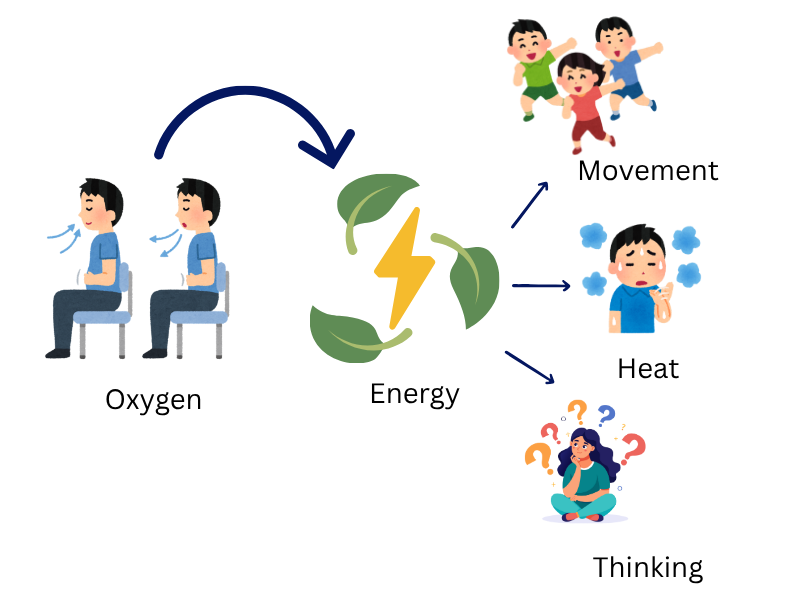
In order to survive, we need oxygen. However, oxygen by itself is not directly what we need. Oxygen allows us to create energy. Without energy we will die nearly instantly. Therefore, if we are alive, we are burning energy and can lose weight. This is important to understand!
Calories In Calories Out
Now that we know we need energy in order to survive, thus we are expending energy and can lose weight, we need to understand energy balance and how it needs to be shifted to change our weight status
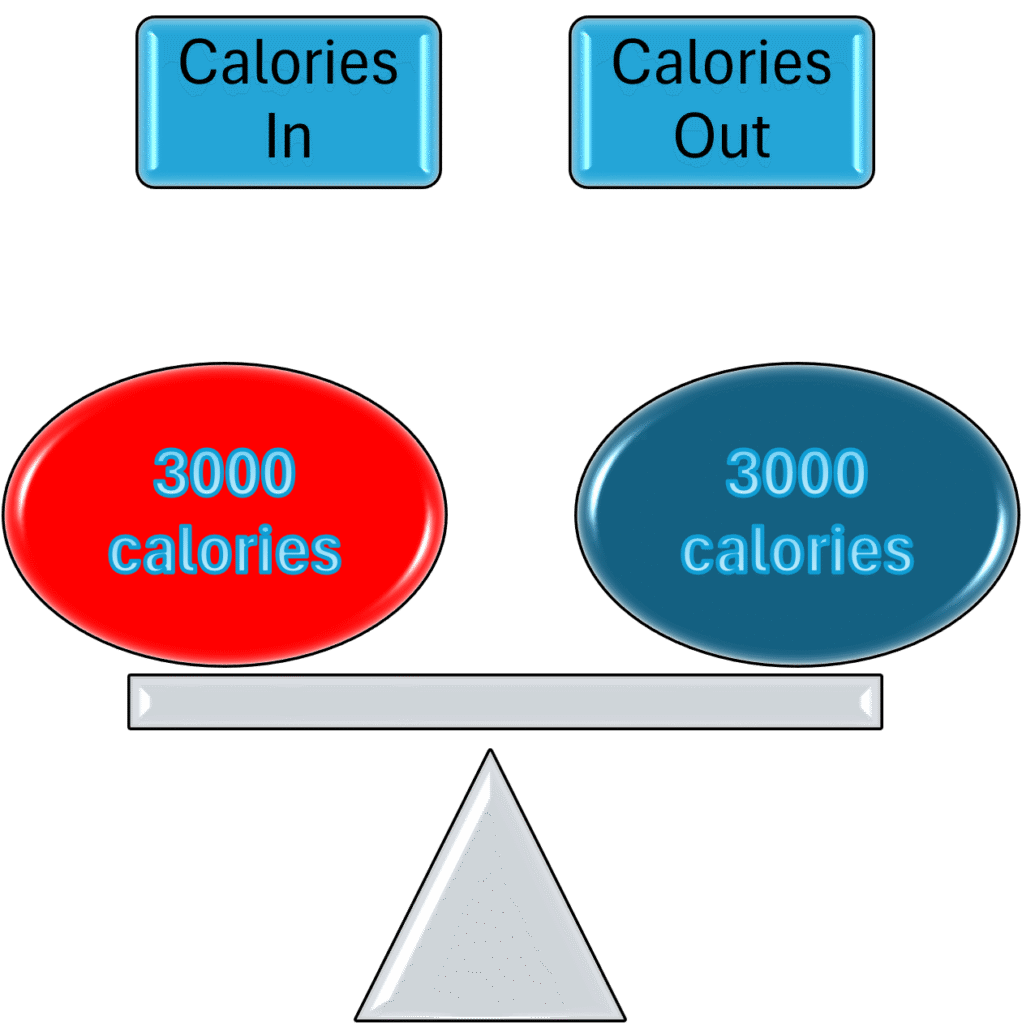
Energy Maintenance
The image shows a neutral energy status. A person with a “calories in” that is equal to their “calories out” will not gain or lose weight when consistent.
Energy Surplus
The image shows a positive energy status, meaning this individual would gain weight with this energy balance.
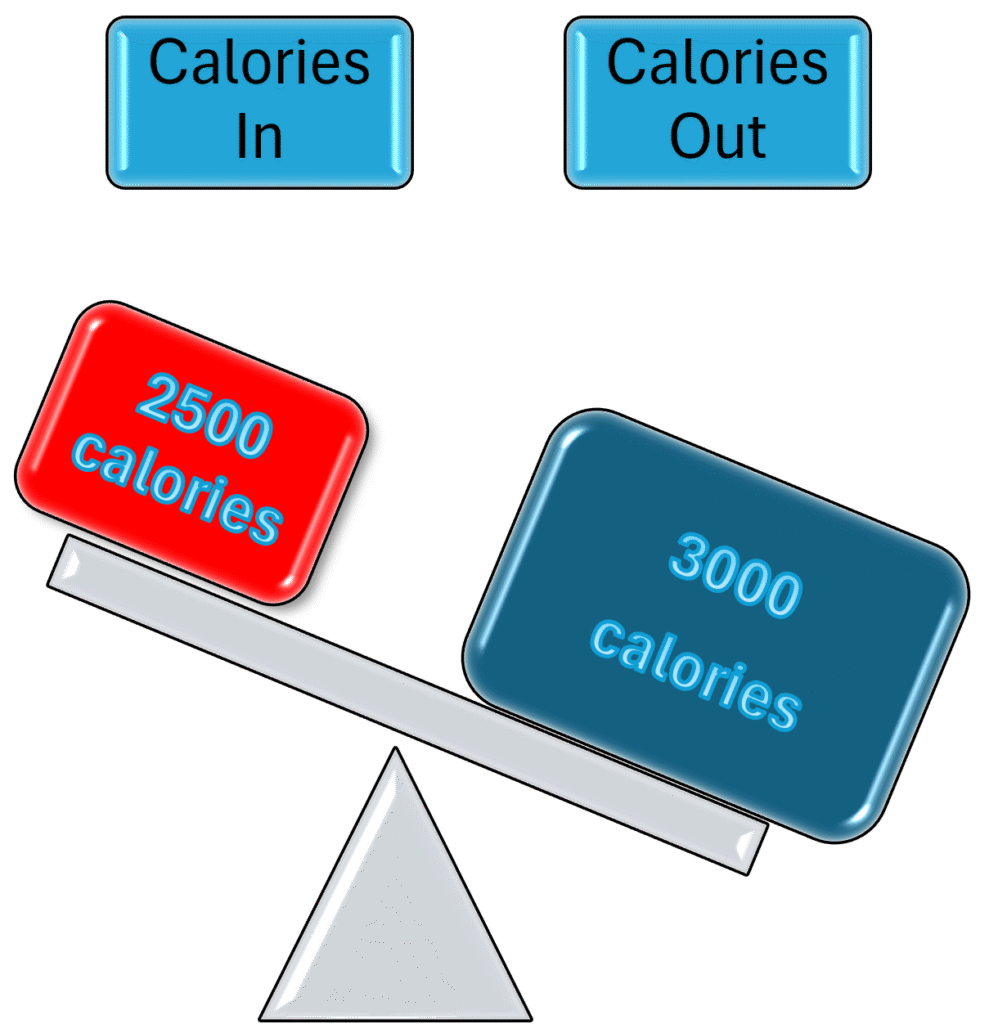
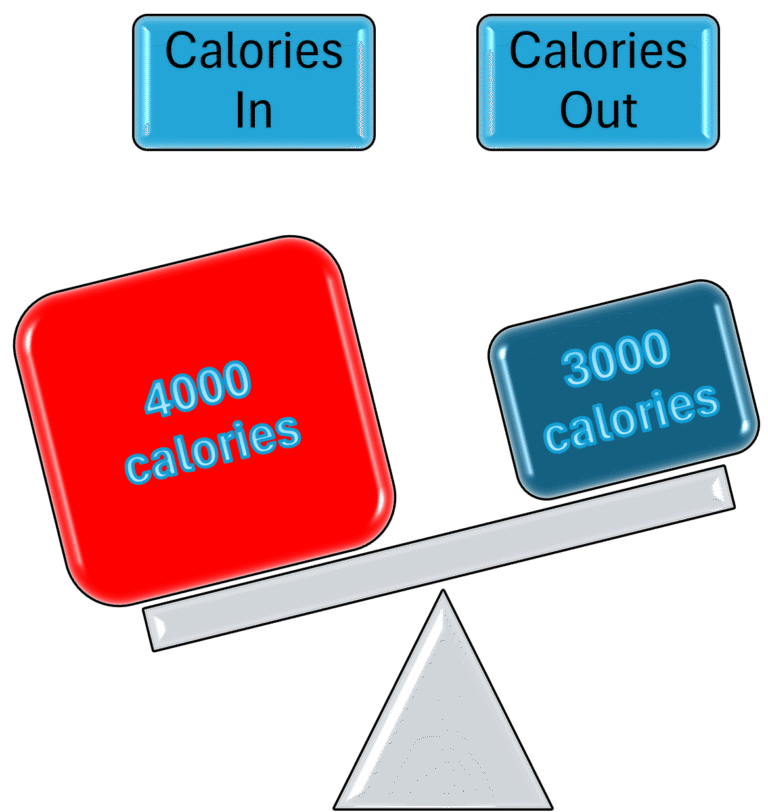
Energy Deficit
The image shows a negative energy status, meaning this individual would lose weight with this energy balance.
Understanding the Nuances
In it’s simplest form, all that is required in order to lose weight is to follow an “IIFYM” (If it fits your macros) style of diet. This type of diet only focuses on the macronutrients fats, carbohydrates, proteins, and alcohol. In theory, if you are able to follow this style of diet, you will lose weight. However, while the energy in energy out equation is simple, the components that make up “Energy In” and “Energy Out” are not. There are countless factors that influence these two as shown below.
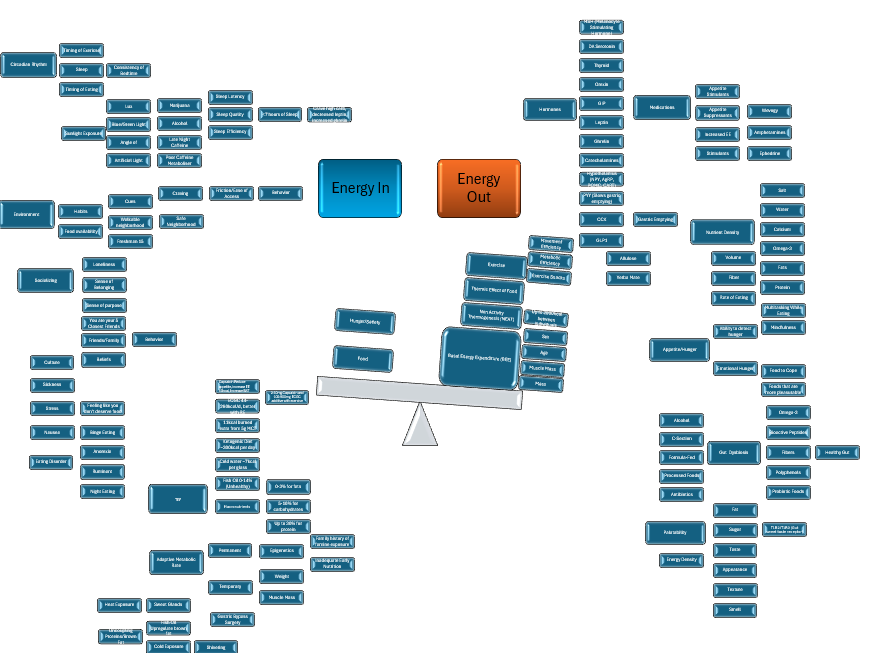
While this may look complicated, there are some key points that will influence your equation.
1. Energy intake: This involves many factors, such as appetite, satiety, nutrient density, and gastric emptying. Paying attention to these factors can make eating less calories feel easier. In addition, by modifying your choice of foods, you can increase the amount you eat while decreasing the calories you consume.
2. Psychology: This involves your environment, cues, social factors, stress, and coping mechanisms that may influence how much you eat, the types of foods you eat, and the intensity of the cravings you experience.
3. Sleep: Lack of sleep can increase the amount of food we eat, decrease the quality of foods we eat, increase cravings, alter hormones, and decrease the amount of movement we do throughout the day.
4. NEAT: NEAT stands for Non-Exercise Activity Thermogenesis. This is all movement throughout the day that is not intentional. Examples include blinking, leg bouncing, pacing while using the cell phone, twitching, and bobbing your head to music. There has been shown to be up to 2,000 calories difference between individuals.
5. Exercise: This is any intentional exercise with the intentional purpose of adding movement. This can be resistance training, brisk walking, endurance training, or playing sports.
Wrapping Up with Key Insights
While the concept of losing weight is incredibly simple on the surface level, there are many small factors that add up to influence our true energy balance. If you have tried many diets before and none have worked, there are likely missing factors that you have not considered that make it more challenging than it needs to be. Any diet will cause weight loss if followed perfectly — The problem is not the diet, but in the difficulty associated with following a diet.
Make weight loss simple with the help of a certified dietitian and a certified strength and conditioning specialist. Consult with us to receive 1:1 coaching to meet your goals.


1 thought on “Weight Loss — Simple, Yet Complicated. What You Should Know.”
Pingback: Fueling Your 12-Hour Workday: Quick Healthy Meals and Snacks for Busy Professionals - CoreAscent